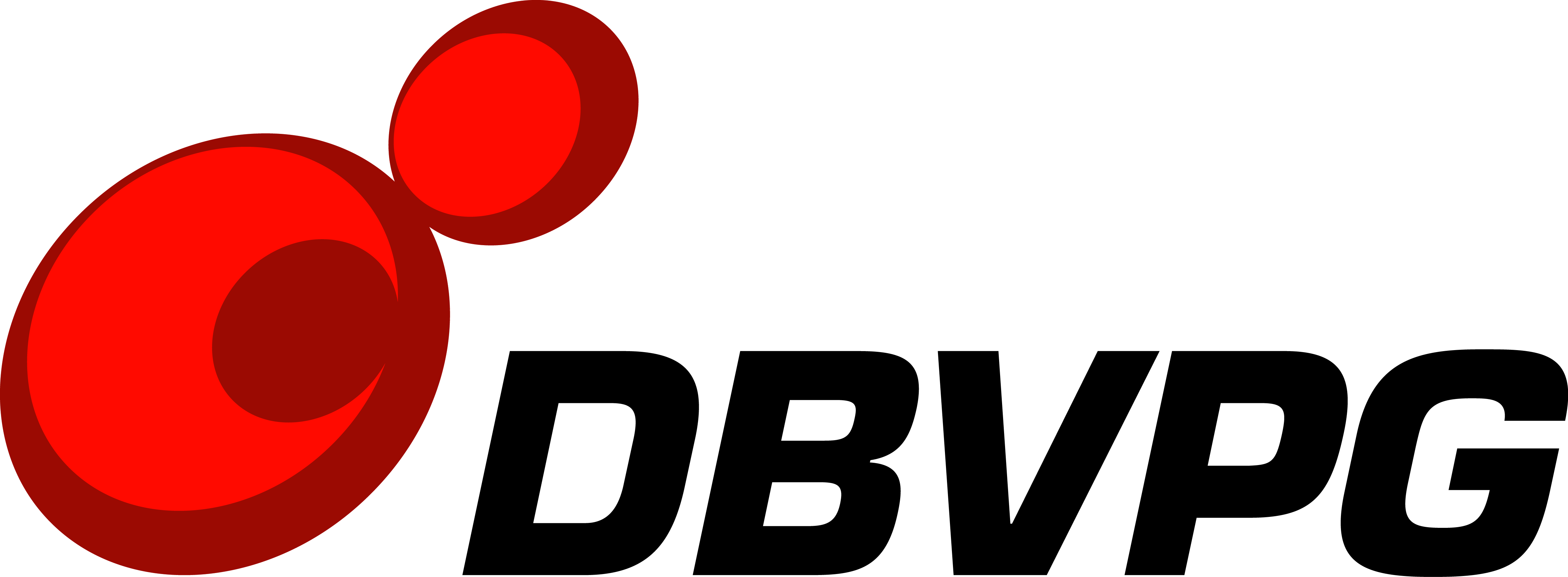
Description of service
Training courses are periodically held at DBVPG Collection on topics related with yeast biology, conventional and molecular identification, and biotechnology.
General structure of training course focused on the isolation, cultivation, identification & conservation of yeast cultures (5 days long):
General structure of training course
DAY 1
Techniques for the isolation of yeast cultures from natural or industrial environments:
- preparation of media for yeasts isolation (e.g. Rose Bengal agar; DG18; DRBC)
- sampling in sterility of different samples: vegetable (leaves), soil, food (cheese), ice, water (from river)
- post-sampling decontamination, if necessary (using mechanical or physico-chemical techniques)
- enrichment of sample, if necessary (use of specific liquid media to improve yeast frequency)
- use of specific buffer and surfactant to remove yeast from the samples
- filtration or serial dilution of the samples in order to obtain isolated colonies
- selection of specific growth conditions
- re-culturing procedures (streak plates)
DAY 2
Identification of yeast cultures using conventional methods:
- observation of macro-morphology (colour, form, elevation, margin, …..) of different yeast colonies on different solid media (YPD, PDA, YMA, MEA, CMA)
- observation of micro-morphology of different yeast species (shape, size, a/sexual reproduction, pseudo/mycelia, presence of spores, etc.)
- determination of assimilation profiles with commercial kit (ID32C or YT MicroPlate Biolog)
- determination of assimilation/physiology profiles using additional test (DBB, urea test, starch production, optimum temperature, growth with high percentage of glucose and NaCl, fermentation of the main carbon sources, assimilation of the main carbon and nitrogen sources)
- preparation of media, inoculation, incubation, reading and interpretation of results
DAY 3
Identification of yeast cultures using molecular methods:
- extraction of DNA from pure yeast cultures using current method
- DNA check by agarose gel electrophoresis
- PCR reaction to determine nucleotide sequences of selected DNA regions [D1/D2 domains of the 26S (LSU) rRNA gene and Internal Transcribed Spacers (ITS1&2) including the 5.8S rRNA gene]
- PCR amplification check by agarose gel electrophoresis
- purification and quantification of the amplicons
- alignment of the sequences and using SeqmanTM II and MegAlignTM (alignments were checked and corrected manually) and strain identification at the species level by comparing the sequences obtained with the GenBank database (BLASTN freeware from www.ncbi.nlm.nih.gov/BLAST)
DAY 4
Conservation of yeast cultures:
- periodic transfer on agar (metabolically active methods): preparation of slants of specific media (YPD and PDA) and inoculation of different strains; conservation
- conservation by freeze drying (lyophilized form): media preparation, vials sterilization, cells suspension, freezing procedure, lyophilization procedure, conservation
- conservation of yeasts by freezing and low temperature storage (below -80°C) on ceramic beads (preparation of beads and vials, preparation of suspension medium, preparation of suspension for freezing, distribution of suspension, freezing and storage)
- revitalization of the strains conserved in above forms:
- periodic quality control of the purity and the viability of a cultures after revitalization (macroscopical observation on agarized medium and microscopical observation)
DAY 5
Screening of useful metabolic properties:
- preparation of the media specific for each activity to be checked: fermenting ability (qualitative and quantitative methods); ability to grow under increasing NaCl and carbohydrate concentration; production of anti-yeast compounds (e.g. killer proteins) on Petri dishes; semi-quantitative determination of extracellular enzymatic activities on Petri dishes (starch-degrading, esterase, lipase, protease, pectinase)
- inoculation of the strains
- reading and interpretation of the results.
How to manage a microbial culture collection. Guidelines and forms related to:
- new strain deposit
- stock control
- delivering cultures
- deposit of patented yeasts
Contact
For any information on yeasts course organization please contact:
Benedetta Turchetti
Industrial Yeasts Collection DBVPG
Department of Agricultural, Food and Environmental Sciences
University of Perugia
Borgo XX Giugno, 74
I-06121 Perugia, Italy
tel: +39 075 585-6487/6070
e-mail: dbvpg@unipg.it, benedetta.turchetti@unipg.it

